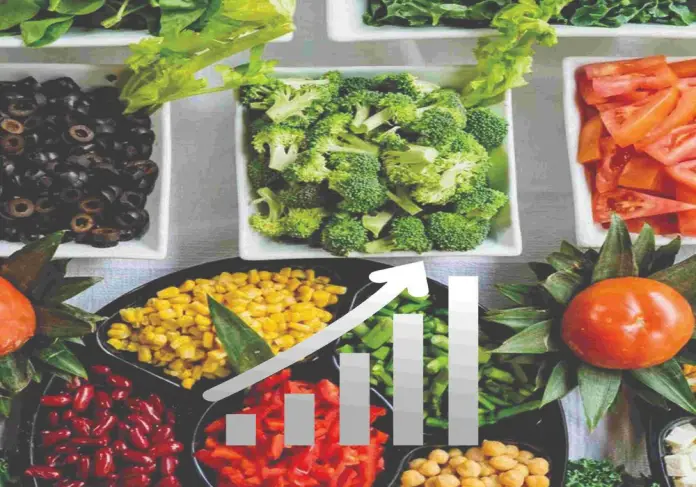When we talk about nutritious food for health, we often refer to options that are rich in fiber and protein, low in carbohydrates, and free from gluten. Similarly, to determine how beneficial a particular food item is for health, its glycemic index is also considered.Please note that the translations provided are approximate and may vary in their accuracy.
What is Glycemic Index(GI)?
According to ND TV, the glycemic index (GI) is a ranking system for carbohydrate-rich foods that assesses their impact on blood glucose levels in the human body.Foods with a glycemic index (GI) of 55 or less gradually increase blood glucose levels, while those with a GI of 70 or higher tend to cause a rapid increase in blood sugar levels.
Let’s find out which foods have a low glycemic index.
1) Red kidney beans:
Red kidney beans have a glycemic index of even less than 30. This protein-rich legume is commonly found in North Indian cuisine. Its famous dish is Rajma Chawal, which is a popular combination of red kidney beans with rice. Rajma is also a good source of iron, phosphorus, vitamins, and more.
2) Chickpeas:
Chickpeas are one of the ingredients commonly found in our kitchen. They are rich in protein and fiber, and they have a low glycemic index. Chickpeas are beneficial for our bones, brain, and heart.
3) Cherries:
Fresh cherries have a glycemic index even lower than 30, so you can include them in your diet. Cherries are low in calories but rich in vitamin C, potassium, fiber, and antioxidants. They contribute to healthy skin, hair, and provide relief from insomnia.
4) Oranges:
Oranges are another fruit that is rich in vitamin C. They are considered beneficial for diabetes patients. They have a glycemic index score of around 40. Oranges are low in calories, but they contain antioxidants such as ascorbic acid and beta-carotene. Consuming oranges boosts immunity and helps maintain blood pressure.
5) Apples:
Even in old apples, the glycemic index tends to be low. Apples contain fructose, polyphenols, and anthocyanins. All of these components help reduce the risks of developing diabetes. Eating apples is beneficial for our bones, teeth, gums, and digestion. Consuming apples helps reduce unhealthy cholesterol levels and improves heart rate.
6) Spinach:
Many green leafy vegetables have a low glycemic index. Spinach is one of the nutritious greens that we can include in our diet. It is rich in iron and folate, and spinach provides us with energy.
7) Radish:
The glycemic load of one radish is equivalent to consuming one gram of glucose. Eating radishes, which are rich in potassium, is highly beneficial for individuals with hypertension. This vegetable is beneficial for our digestive system and heart rate.
8) Carrot:
Carrot is another vegetable that we should consume more of. Carrots have a glycemic index of around 40 and are rich in fiber. This vegetable is beneficial for our skin, eyes, heart, brain, and digestion. It can also help control blood pressure.
9) Black wheat:
Black wheat is also a beneficial and unique food for health. It is rich in fiber and antioxidants. Delicious parathas, biscuits, and other food items can be made from black wheat flour.
10) Barley:
Barley is among the foods that have a very low glycemic index. It contains a significant amount of antioxidants, as well as minerals such as manganese, selenium, copper, phosphorus, and magnesium. It also contains beta-glucans, which help reduce levels of bad cholesterol.







